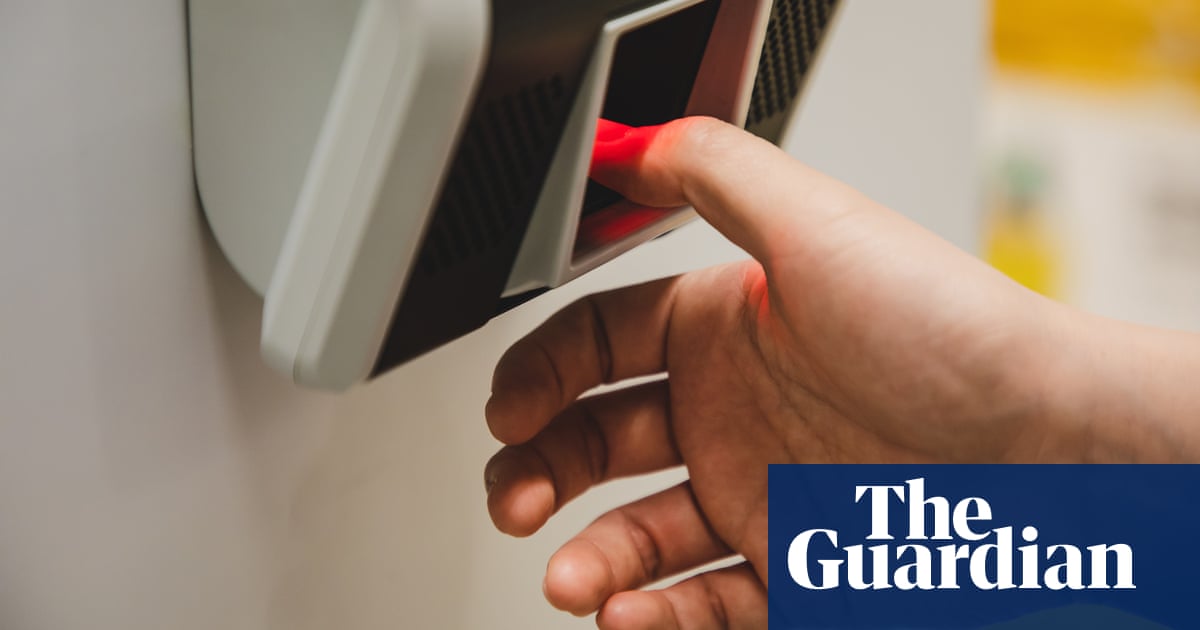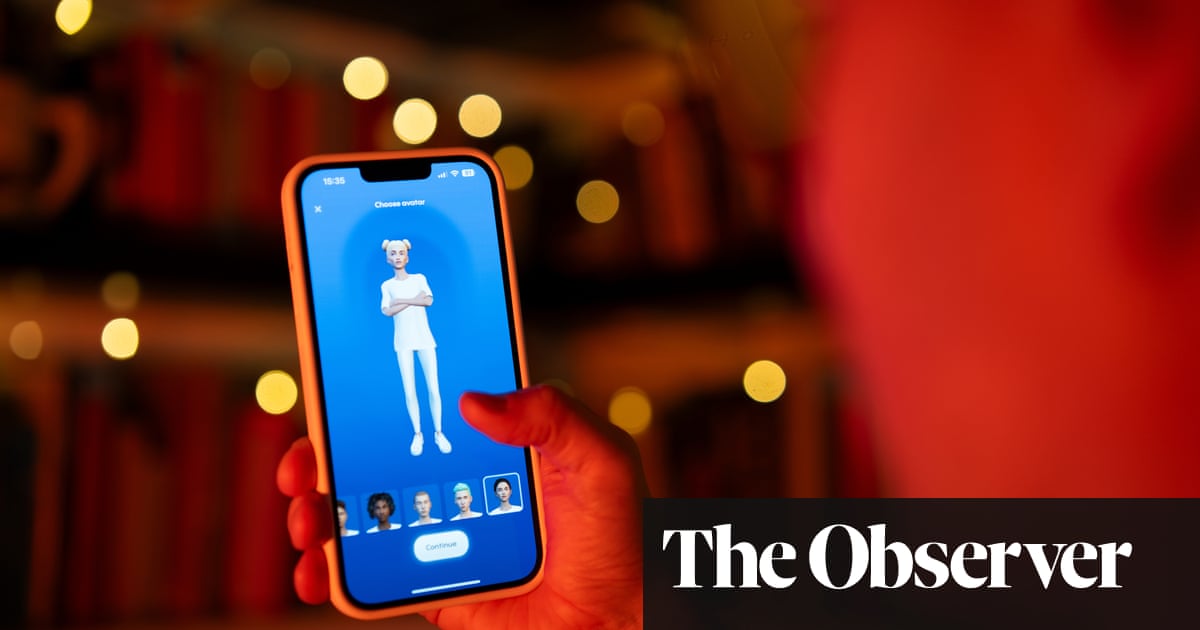The number of applications of artificial intelligence in science has accelerated. Smart computers and robots open new doors for research that cannot be done manually. Erik Pekkeriet is manager of Vision+ Robotics, the program that brings together experts in the field of AI, robotics and computer vision – the interpretation of images by software – from all corners of WUR to use the technologies in agriculture, horticulture, fisheries , livestock farming and the food chain. He thinks Wageningen researchers are still a bit traditional when it comes to AI.
‘We don’t really trust it yet and want to do a lot of measurements and counts manually to be sure that everything is correct. AI-based image processing systems are so good and efficient these days that they do it better and more completely and save a lot of labor,” says Pekkeriet. ‘Technology has really made a change in the past ten years. In the future, manual measurements and counts will be largely unnecessary and will often be done with AI-based and robotic systems. Researchers also have many more data points at their disposal, for example because they can now fly over something with drones to collect data.’
Sorting greenhouse plants
Selecting and sorting young plants before they are transferred to the greenhouse to grow is labor intensive. Scientists from the Vision + Robotics program are working on a technology to automate that selection process, in which non-viable plants are recognized and sorted out. A special camera records the shape and color characteristics of the plant and the roots. Thanks to the pericentric lens, one camera can capture both the bottom and all four sides at once. The number of roots is determined via image processing, which gives an indication of the viability of the plant.
AI technology can also help determine which traits are predictive of plant health. Project leader Lydia Meesters: ‘We are in the middle of our feasibility study: can we indeed make images of the properties of the plant that are necessary to determine its health? And if so, how can we optimally visualize these properties with a simple and scalable technique?’
Read the full article in Wageningen World, the magazine of Wageningen University & Research.











